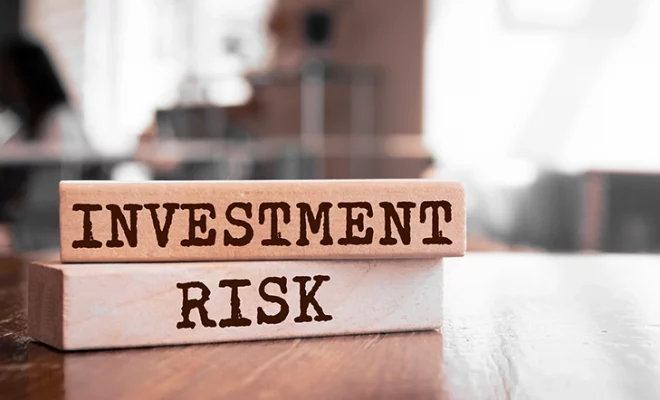The Effects of Loss Aversion on Investment Risk

Loss aversion refers to investors’ tendency to prioritize avoiding losses over generating gains – it’s a cognitive bias that may cause portfolios that lack growth potential for clients.
We employed a visual choice-based approach to identify participants’ loss and risk preferences. Participants first answered questions regarding their investment time horizon and financial status before being shown graphs that displayed simulated returns, volatilities, and correlations for various portfolios.
1. Loss aversion leads to ill-timed exits
Loss aversion can prevent investors from taking risks that would increase long-term returns, leading them to take too few risks or remain too conservative, missing growth opportunities or holding on to investments that have lost money in hopes of seeing an eventual recovery.
Loss aversion makes it hard for individuals to change their behavior in ways that could benefit them in the long run, like saving for retirement or making healthier food choices. Policymakers should therefore take loss aversion into account when designing programs to encourage these specific behaviors.
Researchers have studied loss aversion using various approaches, such as manipulating magnitude of losses and gains, differences in allocation of attention, the ranking of losses relative to gains and preferences for inaction. An examination of all these perspectives provides insight into what conditions lead to loss aversion taking place.
2. Loss aversion leads to a loss of confidence
Loss aversion can lead to overly cautious behaviors and cause people to miss out on profitable opportunities. Furthermore, holding onto losing investments for too long in hope of an unexpected turnaround can harm both your portfolio’s performance and confidence levels.
Researchers have concluded that loss aversion is most evident for larger losses; others have seen no such phenomenon with smaller ones. A recent meta-analysis suggests that weighting gains and losses is far more complex than initially considered.
Individual risk tolerance depends on factors unique to them such as assets, income and investment time horizon. Unfortunately, most people fall prey to the sunk-cost fallacy even when making rational choices; this can be due to psychological asymmetry between losses and gains or other factors like age or gender. Model 1 shows a negative statistically significant correlation between investor aversion to losses and firm economic performance regardless of sector activity; it therefore seems possible that as their clients increase their aversion towards losses, the worse off their companies financial results may become.
3. Loss aversion leads to a loss of interest
Humans tend to view losses more vividly than gains, which may make people unwilling to take risks and cause investments to experience losses or see the market decline. When this happens, investors need to keep focused on their long-term goals and commit themselves fully to their investment plans even during temporary market downturns.
Research has demonstrated that those with higher incomes tend to be less loss averse than those with lower incomes; however, more studies need to be conducted in order to understand why this disparity exists and which factors impact its existence.
Researchers can explore different aspects of loss aversion by manipulating absolute magnitude or relative rank of losses and gains, or changing relative ranks for both. Furthermore, they may investigate if bias in allocation of attention or preferring inaction contributes to this tendency towards loss aversion; but further study is necessary in defining when loss aversion takes effect.
4. Loss aversion leads to a loss of motivation
Loss aversion is a key component of investing, requiring investors to navigate past potential barriers such as loss-aversion. Prioritizing avoidance over growth can cause investors to make choices that limit their growth potential and prevent them from reaching long-term goals.
Gain aversion is an effective way of motivating and inspiring individuals to take action and increase energy savings. Researchers found that by framing advice about energy savings with the goal of decreasing loss and increasing gain, more than 150% more people chose insulation for their home.
Investors can overcome loss aversion by becoming informed on its effects and adopting strategies such as education, long-term focus, diversification and using tools like Compound Interest Calculators to estimate potential returns and highlight growth opportunities even in the short-term. Recognizing loss aversion’s effects is critical both for investors and policymakers to help prevent feelings of hopelessness that lead to despair and prevent meaningful change from taking place.





